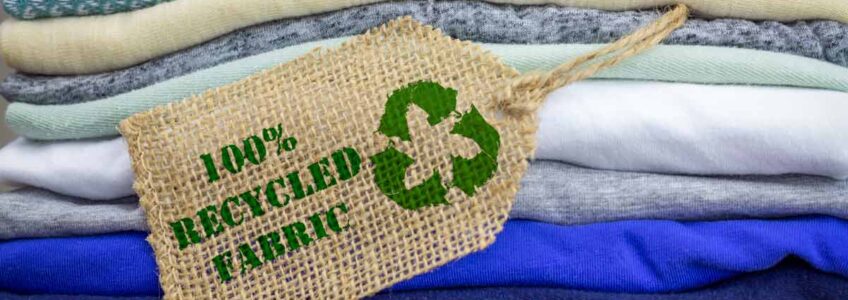Caring for the planet, loving, and respecting nature: this is what is asked today of the clothing industry, and in general, of the textile sector. There are many steps to be taken towards a more sustainable future and the textile industry plays a fundamental role on an environmental level: in comparison to other industries, this is the one that has the highest impact on global water consumption and greenhouse gas emissions into the atmosphere.
Recycled fabrics: new materials made from old fibers
To reduce environmental impact, it has become essential to develop a new sense of awareness that guides producers and consumers in preferring ecological natural fabrics and innovative ecological fabrics, such as recycled ones.
Apart from the well-known eco fabrics for clothing, such as faux fur fabrics, the Manifattura Foderami Cimmino catalogue is regularly updated with new ecological fabrics for sale that are made from a production cycle that aims at recovering waste materials and giving it new life. Let’s discover the main eco fabrics for fashion and beyond.
Bi-elastic Lycra
When discussing Lycra, we refer to a synthetic polyurethane fiber that is widely used to stretch fabrics. This material is known for being strong and resistant to wear and tear, resistant to water and mold, elastic and flexible, and able to return to its initial shape even after being stretched. Licra Bielastica Matta Flora GRS is made from recycled fibers, with the intent of having a very versatile fabric to be used in the sustainable clothing industry.
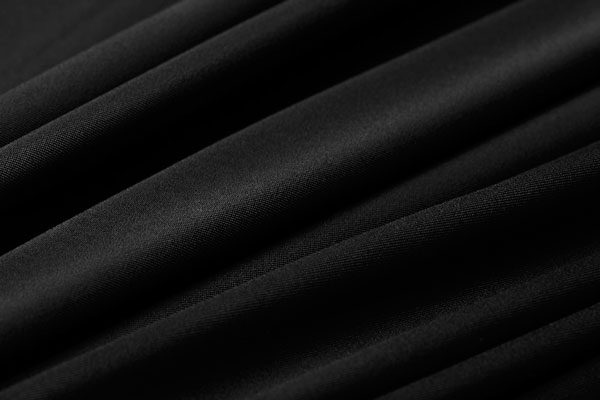
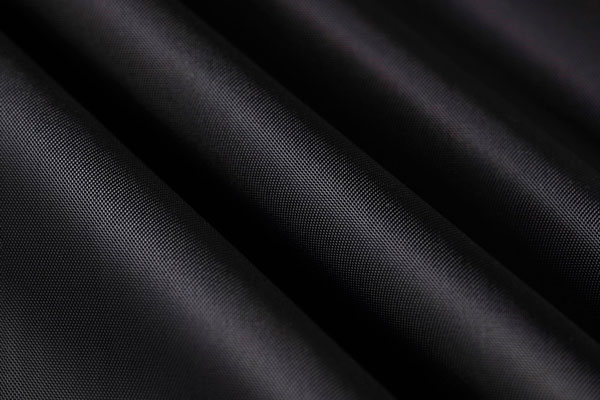
Piuma Futura GRS
An innovative fabric, which can be used in different fields, such as fashion, but also that of decoration. Like other recycled fabrics offered by Manifattura Foderami Cimmino, Piuma Futura GRS meets the criteria set by the Global Recycle Standard which guarantees the distribution of products containing at least 20% of pre-consumer and post-consumer recycled material. The recycled material is used to make yarns and fabrics, complying with environmental and social criteria in all stages of the production chain.
Elastic Tulle
The world is going through an epochal change; production in the textile sector is changing and focus is shifting towards ethical garments with low environmental impact. The “new fashion” involves the production and use of fabrics made out of recycled fibers, made from the use of regenerated waste, just like Nemi GRS elastic tulle. Instead of ending their life cycle, the fibers are recovered and find new life, creating a new versatile fabric used in various industries: from fashion to furniture, from costumes to stage clothes, to decorations, tulle is one of the most used fabrics worldwide, particularly its elastic version, since it is very adaptable.
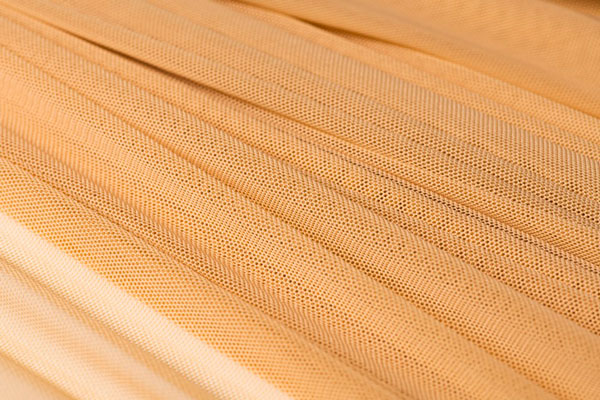
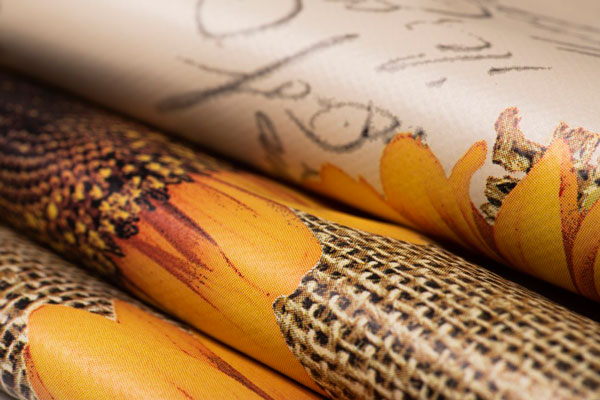
Plastic Tablecloths
Practical tablecloths that are easy to clean and dry quickly? Such are the ones made from the recycled fabric Tovagliato Plastica Party Recycled. Multiple designs make this material perfect for creating valid alternatives to cotton tablecloths, used mainly when setting up buffets, outdoor tables and party tablecloths, so that very little upkeeping is required. This is a practical fabric, ideal either for domestic use or for professional catering, it is quickly cleaned and available in multiple styles, while being water-repellent and oil-repellent as a material, combining sustainability to comfort.
Felt
Known as the best material used when making hats, felt, made from recycled fibers, is also used to produce carpets, bags, slippers, blankets, elements in the saddlery industry, upholstery, paper making, and much more. It also functions as an excellent coating for casings of any sort The2mm colored felt is a very light and resistant ecological non-woven fabric, elastic and waterproof, thanks to the web of fibers that prevent moisture from penetrating it. This is surely one of the most solid fabrics that exist, used in the fashion industry, as well as in the furnishing industry. The 3 mm colored felt, slightly thicker, is used in many ways, especially in the decorative field: from this felt one can obtain any type of shape with a solid structure, which in turn serves as a basis for creative items, decorations and much more. A product born out of recycling that is particularly useful in the various occasions of everyday life.
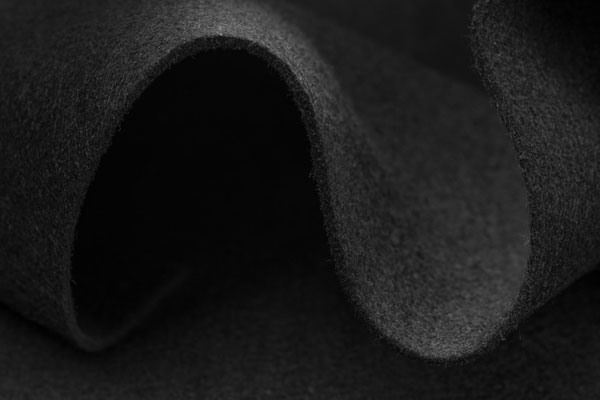

Fibers that are meant to go to waste, ready to end their days in ways that can seriously damage the environment, are recovered and revised, with a new goal in mind: to use them as the basis for new fabrics, ready to be worked in many ways, with specifications depending on the different fields of interest in which they will be used.
Fabrics developed from recycled fibers are the future of the textile industry: in a world that has made consumerism a lifestyle, recovering what is consumed becomes of fundamental importance. Manifattura Foderami Cimmino is aware of this and is working on becoming increasingly more sustainable as a company, widening the choice in its catalogue with innovative fabrics, which represent a second possibility.



